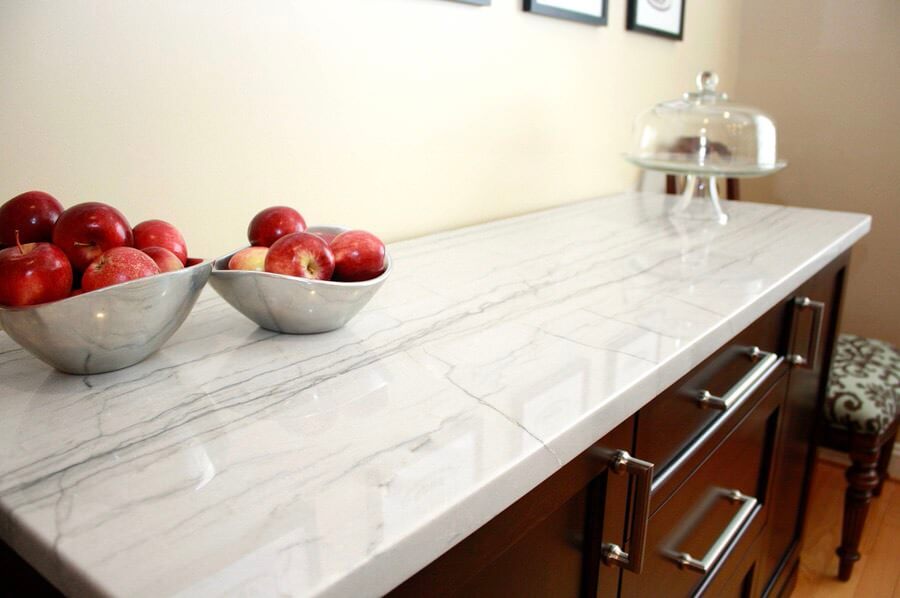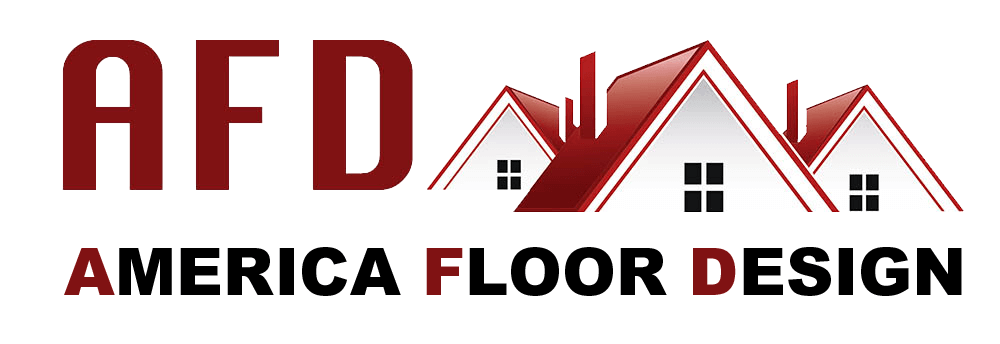Desire dedicated kitchen countertops that fit your budget? We took a look at 6 of the most resilient countertop products based on a recent “Customer Reports” test.
After a comprehensive test, we’re ready to let you in on why you must– or should not– install among these resilient kitchen countertops.
1 Quartz Kitchen Countertop ($ 40 to $100 per square foot).
A Silestone quartz kitchen counter island.
The toughness winner is quartz, the man-nature combination countertop. Crushed quartz stone is mixed with resin to produce countertops that vary from solid colors to the appearance of genuine granite, but they’ll beat natural stone in toughness.
Pros.
Quartz is nearly unbreakable under typical kitchen area preparation conditions. It makes fun of knife cuts, and, unless you take a sledgehammer to it, it won’t chip or fracture. It’s stain- and bacteria-resistant, and it does not need sealing.
Cons.
You pay a lot for quartz, and it’s not as heat-resistant as less-pricey products like granite and crushed glass. Seams can be obvious, especially if you use lighter colors, and it can discolor with time in direct sunlight.
Also, quartz can look ultra-contemporary and cold, so it might not be the best option for a traditional-style kitchen.
2 Granite ($ 40 to $100 per square foot).
Granite is still considered among the top essential home functions, according to a survey of potential property buyers from the NATIONAL ASSOCIATION OF REALTORS ®. Its natural appeal typically is eye-popping, and granite easily fits in any design kitchen area.
Pros.
Granite is difficult. It withstands cracks and chips, and you can put a hot pot on it without disaster. If you apply sealant each year, granite stands up to stains.
Cons.
It is difficult however not indestructible. An accidental clunk with a wine bottle can put a chip in the edge, which you’ll have to polish down. If you don’t seal consistently, oil can seep into the stone and you’ll have to use a plaster to get it out.
Design-wise, granite can be unpredictable. Natural variations in stone can result in countertops that do not look exactly like the sample. Also, it can be hard to hide joints in granite counter tops, so be tactical about where you put them.

3 Squashed (Recycled) Glass ($ 60 to $120 per square foot).
This relative newcomer to the countertop market is as sensational as it is durable. Glass is recycled from beer bottles, traffic lights, and windshields, making it an environment-friendly counter top option.
There are two standard styles to pick from: When embeding in acrylic, the glass looks like it’s drifting in a lake; when setting in cement, the glass develops a shimmery mosaic.
Pros.
Crushed glass counters do not chip, scratch, stain, or burn. They’re nonporous, so they don’t require sealing, like granite. Squashed glass doesn’t fade gradually, like quartz.
Cons.
If you put something heavy on the corner of a crushed glass countertop, it may split. Acidic foods, like citrus juices, can eat away at the acrylic if you do not clean them away rapidly.
Cost can be a “con.” Where you can pick up a low-end granite for $40 per square foot, the crushed glass starts at $60.
4 Laminate ($ 10 to $40 per square foot).
Laminate kitchen area countertops are a paper-plastic item that tops numerous layers of Kraft paper with a resin fertilized with near-infinite colors and patterns.
Pros.
The price is right for this chameleon-like item that can simulate everything from wood to granite. It does not need any special sealants or cleaners, and it’s stain-resistant.
Cons.
Laminates fracture, scratch, and scorch more easily than the countertop products it resembles. It’s likewise a bear to fix.
More important, lots of buyers prevent laminate in droves. A research study from the National Association of House Builders says that 40% of potential property buyers would be unlikely to buy a house with laminate counters.
5 Tile ($ 5 to $30 per square foot).
Tile countertops can look crafty or modern, making them a stunning and flexible countertop material.
Pros.
Tile is difficult and easy to clean. It resists cuts, spots, and heat. And if a tile fractures, it’s easily replaced.
Tile likewise is available in an infinite variety of colors and designs. You can blend and match to attain a special look that makes your counter one of a kind.
Cons.
Tile easily cracks if skillets and pots are inadvertently dropped on it. It’s an irregular surface that can make glasses, plates, and cutting boards unsteady and unsteady.
Unlike stone surfaces, you can’t roll out dough on a tile countertop. And grout lines are common catchers of dust and gunk; if you don’t keep up on annual sealing, they’re a terrific medium for bacteria development.
6 Solid-Surfacing kitchen countertops ($ 35 to $100 per square foot).
You probably know it as Corian, however that’s just one producer of this solid-surface countertop that’s made from acrylic, polyester resins, and even marble dust.
Pros.
Solid-surfacing comes in lots of patterns and colors. It’s impermeable and doesn’t need special sealers or cleaners. Scratches are quickly sanded out. It can be molded to include a seamless backsplash or integrated sink bowl.
Cons.
It’s costly, and it doesn’t have the charm of granite or quartz. It scratches and burns quickly. Plus, it’s made from non-renewable resources, it’s energy-intensive to manufacture, and it’s challenging to recycle– not a great “green” choice.
